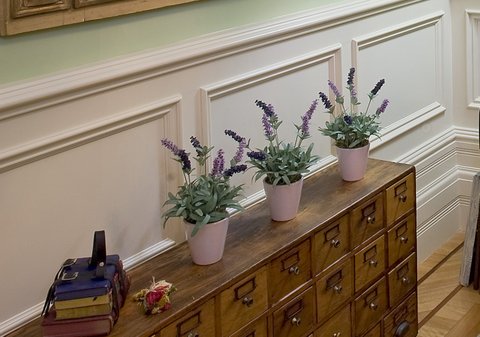Whether contemporary or traditional, the creation of a great interior design fundamentally starts with the shell. Wall paneling and wainscoting can add architectural credibility or enhance existing design details by creating rhythm and warmth and setting the underlying tone to an interiors architectural structure. The correct use of well-designed wall paneling can manipulate scale and proportion, create mood and from a purely practical perspective can also incorporate concealed storage or even a secret door.
Traditional wainscot paneling has been used since the 18th century and was originally used in buildings with little or no damp- proof course therefore insulating the lower part of the walls from rising damp. Today’s applications are purely aesthetic. Wainscoting increases character and anchors a design, sparking interest and is a great way to add contrast to the walls above, whether through materiality, tone or texture. The use of a simple dado, or chair rail, can also be used to great effect, incorporating skirting boards, skirting blocks and architraves and through the use of photographs and artworks above you can enhance rhythm and interest.

Wall and Hallway Panelling
For that a real sense of luxury and sophistication wainscoting can be used in conjunction with stretched fabric panels generating richness and warmth and similarly providing a level of insulation and sound proofing. Paneling needn’t be restricted to chair rail height but can cover the complete wall, reminiscent of the traditional French Boiserie. Boiseries were popular in seventeenth and eighteenth century French interior designs and are a more ornamental style which can also incorporate various paint effects to give that additional level of embellishment.
Whether used in your home library, study, foyer, hallway, bedroom or lounge room, wainscoting and boiserie can direct movement within a space and is the bones of a good interior design scheme adding character to buildings that don’t necessary have any.
Click here for more information on Wall Panelling.




